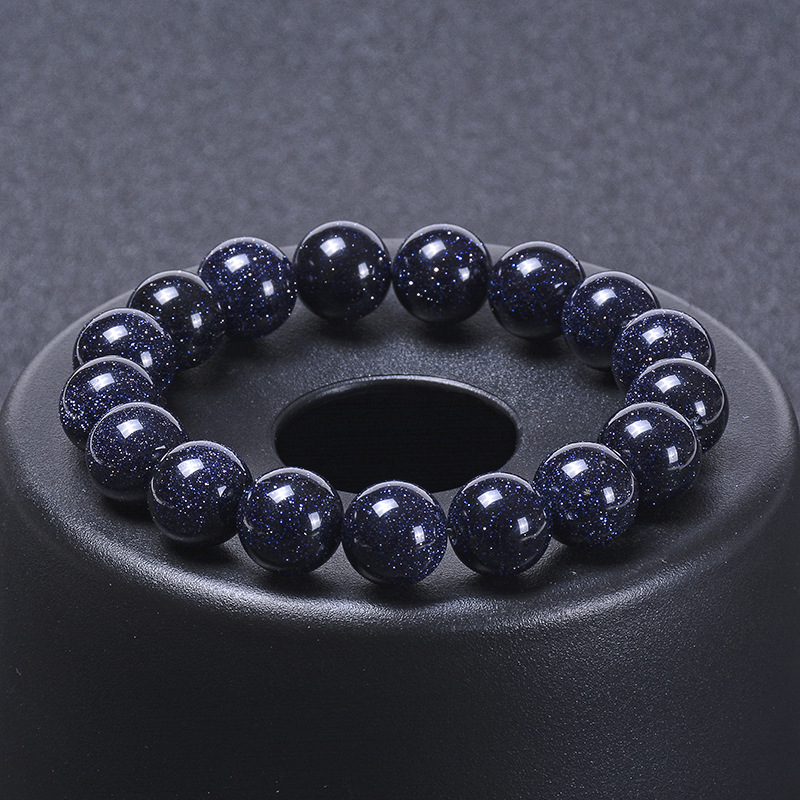
What Is Vulnerability? Why It’s Not Weakness
Brené Brown’s research reframes vulnerability as “emotional courage” – the origin of creativity and deep connections. A 2024 Journal of Positive Psychology study shows people embracing vulnerability have 32% stronger social support networks.
5 Hidden Defense Mechanisms Sabotaging Your Growth
Denial: “My workload isn’t stressful” (while experiencing insomnia)
- Projection: Hating a colleague’s perfectionism while ignoring your own
- Repression: “Childhood was fine” despite panic attacks in family settings
- Intellectualization: Analyzing breakups clinically while avoiding grief
- Sublimation: Obsessive gym routines masking relationship anxiety
The Neuroscience of Overprotection: fMRI Reveals Risks
2024 Harvard brain scans show:
- Chronic emotional suppression increases amygdala (fear center) activity by 40%
- Overusing defense mechanisms reduces prefrontal cortex (decision-making) connectivity
- Biological cost: Elevated cortisol levels persist 3 hours longer in “emotional avoiders”
3 Warning Signs Your Defenses Need Adjusting
Relational: 5+ friends but still feeling lonely
- Physical: Unexplained migraines/back pain (psychosomatic research link)
- Behavioral: Numbing emotions with “just one more episode” binge-watching
The Resilience Equation: (Vulnerability) × (Smart Defense)
Case Study: Tech startup CEO Maria increased team productivity 22% by:
- Sharing strategic uncertainties weekly (“I’m unsure about Q3 targets”)
- Maintaining boundaries on personal trauma discussions
- Using a Resilience Bracelet (tactile tool) to monitor openness levels

4-Week Vulnerability Training Plan (With Free Worksheet)
Week 1: Identify 3 “safe” emotions to express daily (e.g., “I’m excited about…”)
Week 2: Practice “I feel [emotion] when [situation]” language with a confidant
Week 3: Share one professional uncertainty using the 30-70 Rule (30% personal context)
Week 4: Conduct a defense mechanism audit using our interactive quiz
When to Activate Defenses: 4 Scientifically-Valid Scenarios
- Toxic environments: Grey rock technique with manipulative individuals
- Fresh trauma: Delayed processing per PTSD treatment protocols
- Cross-cultural contexts: Adjusting openness levels in reserved cultures
- High-stakes negotiations: Strategic emotional containment
Your Brain’s Balancing Act: Oxytocin vs. Amygdala
- Oxytocin (trust hormone) increases vulnerability capacity by 18% (UC Berkeley 2023)
- Amygdala hijacks drop 55% when using grounding techniques during stress
- Neuroplasticity hope: 8 weeks of vulnerability practice thickens the anterior cingulate cortex
Tools for Equilibrium: From Apps to Wearables
- Digital: Try MoodBalance app with vulnerability nudges (FDA-approved mental health device)
- Physical: Resilience Bracelet vibrates when detecting defensive posture via skin conductance
- Community: Join “Brave Spaces” groups – 78% report improved emotional agility in 6 weeks
FAQs: Expert Answers to Your Top Concerns
Q: “How vulnerable should I be with my therapist?”
A: Start with 4/10 openness, gradually increase as trust builds – 92% report better outcomes this way (APA 2024)
Q: “Can defenses become permanent?”
A: No – neural pathways can shift in 54 days avg. with conscious practice (NeuroImage study)
Take Action Today: Your 3-Step Starter Kit
- Morning: Set a vulnerability intention (“I’ll share one uncertainty”)
- Daytime: Touch your Resilience Bracelet when feeling defensive
- Evening: Journal using our prompt: “Today I protected myself by… I opened up by…”
“Resilience Bracelet” to product page

Leave a Reply